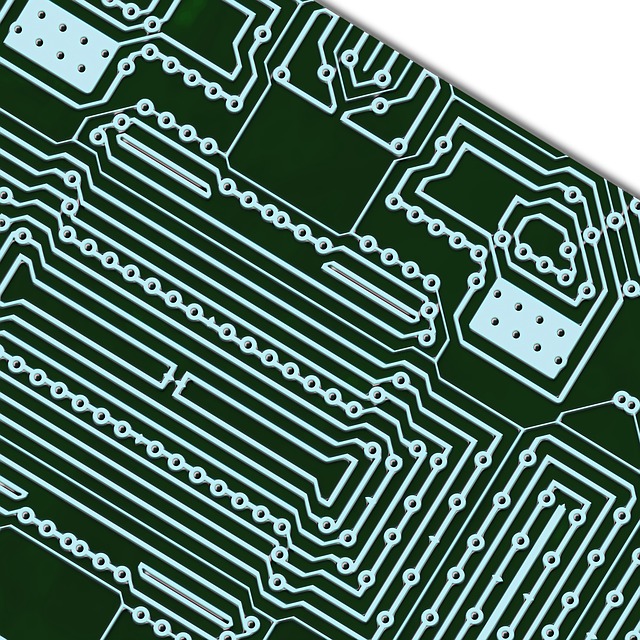FR4 Has Been the Standard
FR4 has long been considered the standard for performance in printed circuit boards. Composed of woven fibreglass with epoxy resin, the fire resistant nature of this component has made it very popular for application in high electrical insulation as well as consistent mechanical performance even in very diverse environments.
While also popular for use in switches, relays, arc shield and screw terminal applications, FR4 is now being replaced by newer technology when electrical performance considerations require a more efficient solution.
Halogen Free
The migration to FR4 printed circuit boards that are halogen free has been driven by increasing concern over the environmental impacts. While this is not currently a regulated requirement by governing jurisdictions, it is believed that this could occur in the future, so many are exploring the possibility now. However, while there is observed to be some competitive advantages for companies to be able to label their products as Halogen-free, the electrical differences in the composition of these PCBs is what creates a concern for users.
The Emergence of Polyimide
But even as effective as FR4 has been for electronic and computing applications, it did recognize some deficiencies and that has led to the development of polyimide laminates which are seeing tremendous growth.
Featuring a higher heat tolerance and physical flexibility, polyimides are manufactured for use in high temperature fuel cells and can be used by the electronics industry in flexible cables. The largest segment of growth for this printed circuit board technology is found in the military and aerospace industries.
When Every Loss Matters
Over distance and time, as frequency increases losses can occur. The development of high frequency laminates has been undertaken to address these concerns. These printed circuit boards offer more stable characteristics and allow for a smaller percentage of loss.
While FR4 circuit boards might experience dielectric or conductor losses of up to 10%, ceramic filled PTFE circuit boards are showing increased efficiency with losses of only 2%. With improved performance, many new applications are requiring this narrower margin of performance. Ceramic is proving to be great for high heat conditions such as solar energy boards and is more robust for uses in outdoor environments. However, while resilient to temperature and humidity, it is more expensive and not ideal of installations that require high speed data transfer.
Selecting the Right Material for Your Need
When selecting the appropriate printed circuit boards for your project, it is important to identify the required properties needed for successful performance within your application.
It is possible that FR4 may still continue to meet your needs, however when specific criteria such as increased heat resistance and/or the efficiency of electronic transmission, you may want to consider some of the emerging products which have been designed to meet these needs.
Your provider should be able to assist you beyond just finding the best price, but also helping to assess the best product with the proven performance to ensure your success.






